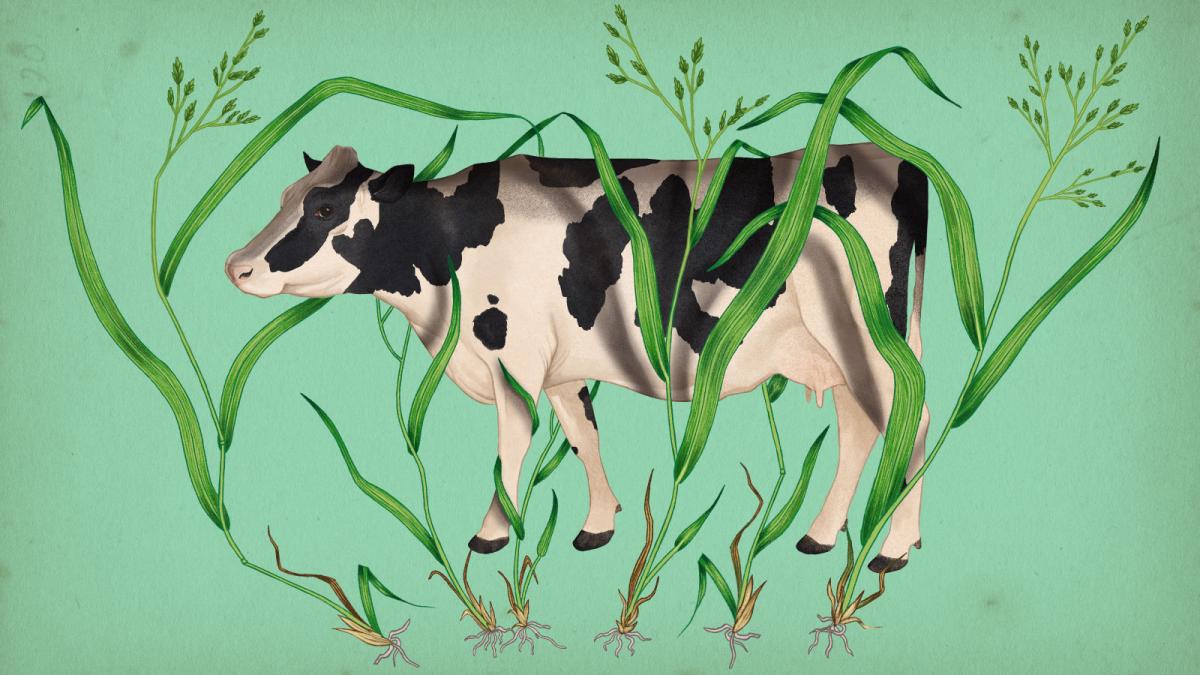This story was produced in collaboration with the Food & Environment Reporting Network, a nonprofit news organization.
America’s “fescue belt,” named for an exotic grass called tall fescue, dominates the pastureland from Missouri and Arkansas in the west to the coast of the Carolinas in the east. Within that swath, a quarter of the nation’s cows — more than 15 million in all — graze fields that stay green through the winter while the rest of the region’s grasses turn brown and go dormant.
But the fescue these cows are eating is toxic. The animals lose hooves. Parts of their tails and the tips of their ears slough off. For most of the year, they spend any moderately warm day standing in ponds and creeks trying to reduce fevers. They breathe heavily, fail to put on weight, and produce less milk. Some fail to conceive, and some of the calves they do conceive die.
The disorder, fescue toxicosis, costs the livestock industry up to $2 billion a year in lost production. “Fescue toxicity is the most devastat... Read more

